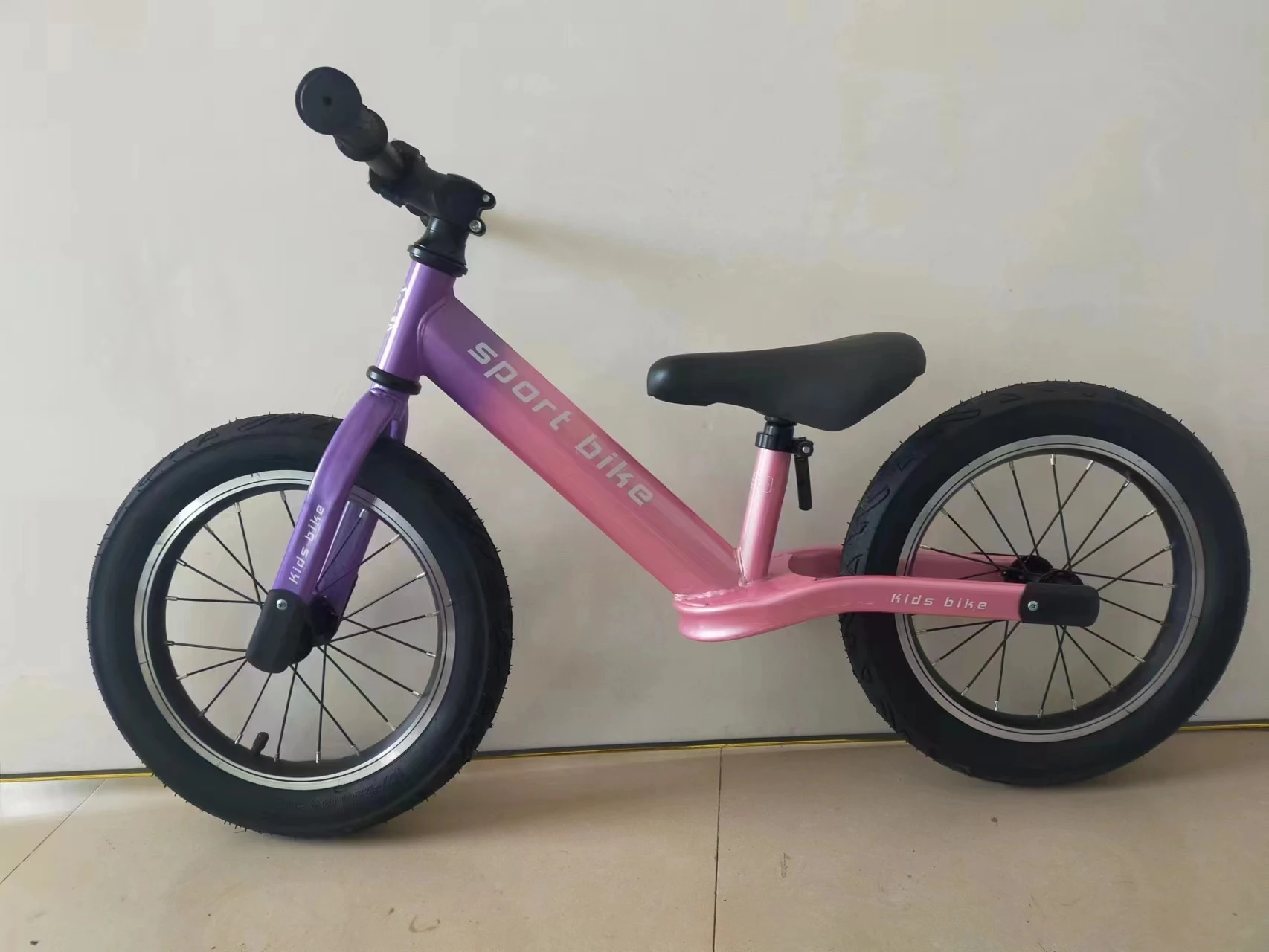
- Afrikaans
- Albanian
- Amharic
- Arabic
- Armenian
- Azerbaijani
- Basque
- Belarusian
- Bengali
- Bosnian
- Bulgarian
- Catalan
- Cebuano
- Corsican
- Croatian
- Czech
- Danish
- Dutch
- English
- Esperanto
- Estonian
- Finnish
- French
- Frisian
- Galician
- Georgian
- German
- Greek
- Gujarati
- Haitian Creole
- hausa
- hawaiian
- Hebrew
- Hindi
- Miao
- Hungarian
- Icelandic
- igbo
- Indonesian
- irish
- Italian
- Japanese
- Javanese
- Kannada
- kazakh
- Khmer
- Rwandese
- Korean
- Kurdish
- Kyrgyz
- Lao
- Latin
- Latvian
- Lithuanian
- Luxembourgish
- Macedonian
- Malgashi
- Malay
- Malayalam
- Maltese
- Maori
- Marathi
- Mongolian
- Myanmar
- Nepali
- Norwegian
- Norwegian
- Occitan
- Pashto
- Persian
- Polish
- Portuguese
- Punjabi
- Romanian
- Russian
- Samoan
- Scottish Gaelic
- Serbian
- Sesotho
- Shona
- Sindhi
- Sinhala
- Slovak
- Slovenian
- Somali
- Spanish
- Sundanese
- Swahili
- Swedish
- Tagalog
- Tajik
- Tamil
- Tatar
- Telugu
- Thai
- Turkish
- Turkmen
- Ukrainian
- Urdu
- Uighur
- Uzbek
- Vietnamese
- Welsh
- Bantu
- Yiddish
- Yoruba
- Zulu
Dec . 31, 2024 16:52 Back to list
Guide to Installing Rear Derailleur on Your Mountain Bike for Optimal Performance
How to Install a Rear Derailleur on a Mountain Bike
Installing a rear derailleur on a mountain bike can seem daunting, especially if it's your first time working on bicycle mechanics. However, with the right tools, some patience, and a step-by-step guide, you can easily do it yourself. This article will walk you through the process of installing a rear derailleur, ensuring your bike shifts smoothly and works efficiently.
Tools and Materials Required
Before you get started, gather the following tools and materials
- New rear derailleur - 5mm Allen wrench - Phillips screwdriver - Chain tool (if you're working with a new chain) - Bike stand (optional but helpful) - Clean rag - Lubricant (for the chain)
Step 1 Prepare Your Workspace
Find a clean and well-lit workspace to work on your bike. If possible, use a bike stand. This makes it easier to access the components and keeps your bike stable during the process.
Step 2 Remove the Old Derailleur
If you are replacing an old derailleur, you'll first need to remove it. Use the 5mm Allen wrench to loosen the bolt securing the derailleur to the derailleur hanger. Make sure to also detach the chain from the derailleur (if it’s still connected) and gently pull it away from the rear derailleur. Once removed, check the condition of the chain — if it’s worn, consider replacing it along with the derailleur.
Step 3 Attach the New Derailleur
Take your new rear derailleur and position it on the derailleur hanger. Align the derailleur with the bolt hole and insert the bolt. Tighten it carefully with your 5mm Allen wrench, ensuring it’s secure but not overly tight to avoid damaging the hanger.
how to install rear derailleur mountain bike

Step 4 Route the Chain
If your new derailleur does not come with a chain attached, you’ll need to install your chain at this point. Thread the chain through the jockey wheels of the derailleur, ensuring it follows the correct path. The chain should come from the rear cassette and feed into the lower jockey wheel, then exit through the upper jockey wheel. Make sure the chain is correctly oriented in the derailleur and is not twisted or crossed.
Step 5 Adjust the Limit Screws
Most derailleurs come with limit screws to prevent the chain from shifting too far. Check for two limit screws on the derailleur marked 'H' (High) and 'L' (Low).
1. High Limit Screw (H) This determines how far your derailleur can shift towards the smallest cog. Shift to the smallest cog and adjust the screw to limit the derailleur’s movement. 2. Low Limit Screw (L) This controls the movement towards the largest cog. Shift to the largest cog and adjust the screw accordingly.
Step 6 Set Cable Tension
Next, it’s time to attach the derailleur cable. Make sure your gear shifters are in the correct position to allow for proper cable tension. Feed the cable through the appropriate clamp on the derailleur and tighten it down. Use the barrel adjuster to increase cable tension if needed; this will help the derailleur shift more accurately.
Step 7 Test the Shifting
After everything is connected, take the bike off the stand and test the shifting. Start with the gear shifters in the middle range and shift up and down through the gears. If you notice any skipping or the chain not aligning correctly, you may need to make slight adjustments to the limit screws or the cable tension.
Conclusion
With the rear derailleur successfully installed and adjusted, take your bike for a test ride. Pay attention to the shifting performance and make minor adjustments if necessary. Regular maintenance of your drivetrain will keep your bike running smoothly, ensuring you have more enjoyable rides on the trails. Enjoy your newly installed rear derailleur and happy cycling!
-
The Ultimate Kids' Four-Wheeler Experience
NewsJul.09,2025
-
The Ultimate Guide to Mountain Bikes: Gear Up for Your Ride
NewsJul.09,2025
-
The New Age of Cycling: Electric Bikes for Every Rider
NewsJul.09,2025
-
The Best Kids Bicycles: Ride in Style and Safety
NewsJul.09,2025
-
The Best 3-Wheel Scooters for Kids: Fun, Safety, and Adventure
NewsJul.09,2025
-
Revolutionize Your Ride: Affordable Electric Bikes
NewsJul.09,2025
-
Finding the Perfect Mountain Bike for Every Rider
NewsJul.09,2025



